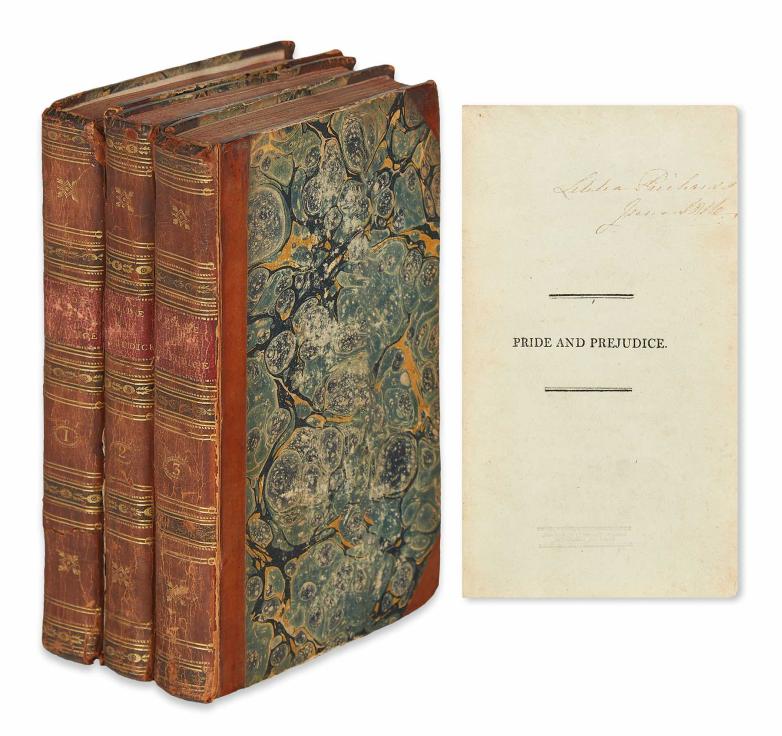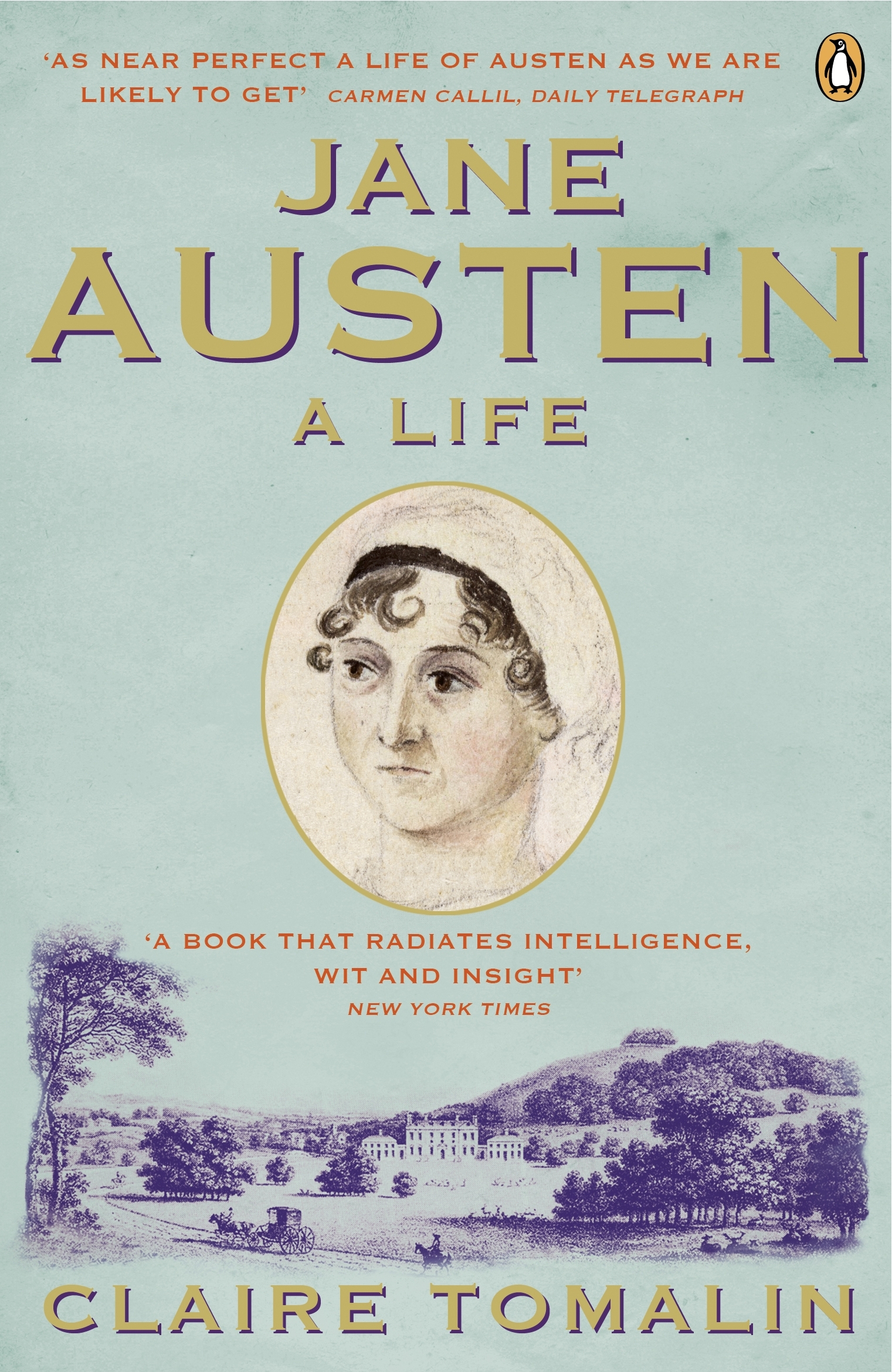Key Takeaways
– Jane Austen’s Legacy: Understand why Jane Austen’s novels remain relevant and beloved centuries after their publication.
– Comprehensive List: Explore a detailed overview of her major works and their themes.
– Cultural Impact: Discover how her books have influenced literature, film, and society.
– Reading Recommendations: Find out which Jane Austen books to start with if you’re new to her work.
The Enduring Charm of Jane Austen Books

Jane Austen, a name synonymous with classic literature, has captivated readers for over two centuries. Her novels, filled with wit, romance, and keen social commentary, continue to resonate with audiences today. Whether you’re a lifelong fan or new to her work, understanding the appeal of Jane Austen books can enrich your reading experience.
A Brief Overview of Jane Austen’s Life

Before diving into her novels, it’s essential to understand a bit about the woman behind the words. Born in 1775 in Steventon, Hampshire, Jane Austen was the seventh of eight children in a close-knit family. Her father, a clergyman, encouraged her literary pursuits, providing access to a wide array of books. This nurturing environment allowed Austen to hone her craft from a young age.
Austen’s novels were published anonymously during her lifetime, a common practice for female authors of the era. Despite this, her works gained popularity, and she became known for her sharp observations of 19th-century English society.
Major Works of Jane Austen
Pride and Prejudice
Perhaps the most famous of Jane Austen books, “Pride and Prejudice” has become a cornerstone of English literature. Published in 1813, the novel follows Elizabeth Bennet as she navigates issues of class, marriage, and morality. The dynamic between Elizabeth and Mr. Darcy remains one of the most iconic romances in literary history.
Sense and Sensibility
Published in 1811, “Sense and Sensibility” explores the lives of the Dashwood sisters, Elinor and Marianne, as they face financial hardship and romantic entanglements. Austen’s portrayal of the balance between reason and emotion is both insightful and engaging.
Emma
“Emma,” published in 1815, centers around the titular character, Emma Woodhouse, a wealthy young woman with a penchant for matchmaking. The novel is a humorous exploration of self-awareness and the complexities of human relationships.
Mansfield Park
“Mansfield Park,” published in 1814, tells the story of Fanny Price, a poor girl raised by her wealthy relatives. Through Fanny’s eyes, Austen examines themes of social mobility, morality, and family dynamics.
Persuasion
Published posthumously in 1817, “Persuasion” is often considered Austen’s most mature work. The novel follows Anne Elliot, who navigates love and regret in a society that values status over personal happiness.
Themes and Social Commentary in Austen’s Novels
Jane Austen books are renowned for their intricate plots and rich character development. However, it’s her exploration of social themes that truly sets her work apart.
Class and Society
Austen’s novels frequently critique the rigid class structures of her time. Through characters like Elizabeth Bennet and Fanny Price, she highlights the limitations and injustices faced by women and those of lower social standing.

Marriage and Relationships
Marriage is a central theme in Austen’s work, often portrayed as a complex social contract rather than a purely romantic union. Her novels examine the economic and social pressures that influence marital choices.
Female Empowerment
While Austen’s heroines are often constrained by societal norms, they exhibit a strong sense of agency and intelligence. Characters like Elizabeth Bennet and Emma Woodhouse challenge traditional gender roles, making them relatable and inspiring figures for modern readers.
The Cultural Impact of Jane Austen Books
The influence of Jane Austen extends far beyond the literary world. Her novels have inspired countless adaptations, from films and television series to modern retellings in books and theater. The timeless appeal of her stories lies in their universal themes and relatable characters.
Film and Television Adaptations
Austen’s novels have been adapted into numerous films and TV series, each bringing a unique interpretation to the original text. Notable adaptations include the 1995 BBC miniseries “Pride and Prejudice” and the 2005 film starring Keira Knightley.
Modern Retellings
Contemporary authors often reimagine Austen’s stories in modern settings, exploring how her themes resonate in today’s world. These retellings introduce her work to new audiences and demonstrate its enduring relevance.
Which Jane Austen Book Should You Read First?
If you’re new to Jane Austen, choosing where to start can be daunting. Here’s a guide to help you decide:
– For Romance Enthusiasts: Start with “Pride and Prejudice” for its iconic love story and engaging characters.
– For Social Commentary: “Sense and Sensibility” offers a nuanced exploration of societal norms and personal integrity.
– For Humor and Wit: “Emma” is perfect for readers who enjoy a light-hearted take on human folly.
– For a Mature Perspective: “Persuasion” provides a poignant look at love and regret, ideal for those seeking a more introspective read.
Jane Austen books continue to captivate readers with their timeless themes and relatable characters. Her keen observations of society, combined with her wit and intelligence, have cemented her place as one of the most beloved authors in English literature. Whether you’re revisiting an old favorite or discovering her work for the first time, Austen’s novels offer a rich and rewarding reading experience.